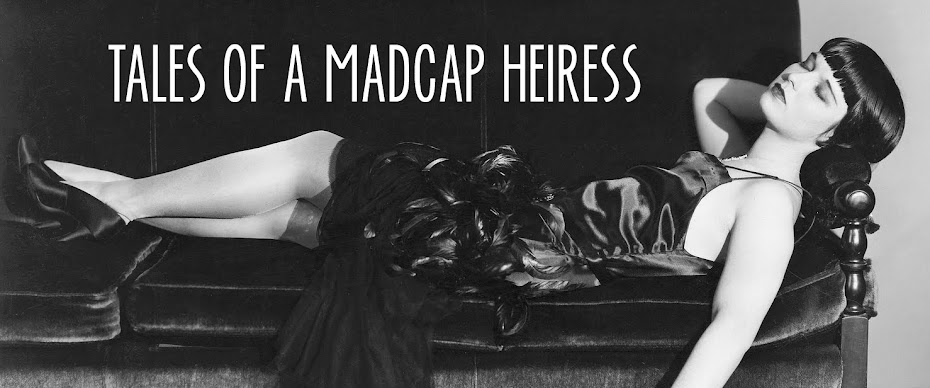There is a shot of Lady Liberty as seen by passengers on an incoming ship at the beginning of James Gray’s The Immigrant that’s misty looking and almost sepia in colour. It sets the mood for a period film that is as unsettling as it is engaging.
It’s 1921 and Ewa Cybulska (Marion Cotillard) arrives at Ellis Island with her sister, Magda (Angela Sarafyan), from war-torn Poland ready to make a fresh start. They have no money but Ewa can speak English and they have a loving uncle and aunt waiting for them. Things go wrong though once they depart the ship. Magda is held back and quarantined for what we later learn is tuberculosis while Ewa discovers that she’s been labelled a woman of “low morals” for an incident that occurred during the crossing and that the address she has for her relatives is fake. She’s waiting in line to be deported back to Poland when a man appears who says he’s from Travelers Aid and that he can help her.
This man is Bruno Weiss (Joaquin Phoenix), an entrepreneur
who runs a “theatre” in the Lower East Side. It’s really a second-rate burlesque show
whose performers supplement their income (and Bruno’s) by turning tricks. Upon
first appearance Bruno seems kind, offering Ewa a place to stay and promising to do whatever he can to help her and her sister. He is soft
spoken and jokes with the other women whom he calls his "doves” but something sinister is lurking beneath his demeanour. When he places a hand on Ewa's shoulder and she tells him not to touch her, he becomes angry and shouts “shame,” shocking both Ewa and the audience. It soon becomes apparent that Bruno is falling for Ewa even while he pushes her into prostitution.
Enter his cousin Emil (Jeremy Renner) to further complicate
the situation. The opposite of Bruno, Emil is funny and filled with nothing but
flattering words for Ewa. At their first meeting at Ellis Island where he's performing (he makes a living as Orlando the magician), he tells her she’s
beautiful and hands her a rose. He quickly declares his love for her and asks her to
run away with him. Yet Ewa is unsure because her sister is in New York (as is Bruno).
Marion Cotillard, for me, is one of the best actresses working
today and she's wonderful as Ewa. With her expressive large eyes, she would have
made a great silent screen actress. In fact, Ewa is very much a character out
of a silent melodrama—an innocent thrust out in the cold big city where evil
lurks at every corner and a villain attempts to steal her virtue. The difference
here is that while Ewa’s virtue is taken she is no milksop, refusing to be subjugated by the men around her. Bolstered by a steely determination, she never detours from her ultimate goal, being reunited with
her sister. While she may appear fearful of Bruno’s outbursts she
stands up to him, coldly repeating “give me my money.”
And speaking of Bruno, who else to better portray a character of such complex emotions than Joaquin Phoenix? Unable to control his feelings, Bruno literally lashes out; he is unpredictable and dangerous. Yet even though Bruno is a pimp and a little psychotic, Phoenix makes the audience sympathize with him (a difficult feat). There is a certain sadness about Phoenix that's present in most of his roles and here we see it when he looks at Ewa and when his luck starts to run out. It's almost heartbreaking to watch.
And speaking of Bruno, who else to better portray a character of such complex emotions than Joaquin Phoenix? Unable to control his feelings, Bruno literally lashes out; he is unpredictable and dangerous. Yet even though Bruno is a pimp and a little psychotic, Phoenix makes the audience sympathize with him (a difficult feat). There is a certain sadness about Phoenix that's present in most of his roles and here we see it when he looks at Ewa and when his luck starts to run out. It's almost heartbreaking to watch.
If there’s one misstep in the casting it's Jeremy Renner who
is a fine actor but who just reads as too modern for this story (and the black eyeliner he wears
while performing his magic act unfortunately brings to mind Malcolm McDowell
in A Clockwork Orange). Or perhaps it's just that he's not as compelling to watch as Phoenix.
So often
period films appear glossy, too new but The
Immigrant looks authentic thanks in part to the brilliant work of cinematographer Darius Khondji. The muted colours add a
historical air to the film as do the sets, which are incredibly authentic. When Bruno first
brings Ewa into his tenement flat, I thought for a second that it had been
filmed in the Tenement Museum on the Lower East Side, the layout was so perfect.
With The Immigrant, James Gray has given us the story of a woman whose American experience is more nightmare than dream. And it may just be the best film I've seen this year.
With The Immigrant, James Gray has given us the story of a woman whose American experience is more nightmare than dream. And it may just be the best film I've seen this year.


















